Complicated Machining Puzzle Solved with BIG-PLUS
Maybe it was intuition, but a sudden idea generated a solution that saved a project and, most likely, a client. More importantly, the availability of the tool with dual-contact BIG-PLUS technology allowed the Mecanizados Laguna team to carry out a test that changed the course of a project that seemed to have no solution in an equation where the variables of hardness, parallelism, depth and circularity formed a complicated puzzle in their machining area.
Dedicated to components metalworking, Mecanizados Laguna has more than 70 employees operating in a 6,500 m2 warehouse. The machining area has different types of machine tools used for mass production, including a process for generating calibrated holes with boring, countersunk holes and tapped holes.
Joel García, CNC machining manager, emphasizes how important it is to lead with a service culture in mind since the components they manufacture, such as tooling (fixtures, jigs for assemblies), molds, machining, and welding, as well as other metallic components, are intended for production in various industries, such as mining, energy, food and beverages, furniture, automotive, machinery and plastics.
They use a wide range of materials such as stainless steel (316, 304), structural steels (4140, 1045), low carbon steel (A36), and other types of steel, including anti-wear Hardox and Toolox; In the same way, they use engineering plastics such as acetal HDF, Nylomate, nylamid, acetal, polygar, Celeron and specialized materials like those used for handling materials in the food industry.
Diversified client projects with increasingly small tolerances, lead to Mecanizados Laguna investing in the best technology available for machining. "We have invested in vertical CNC machining centers, double-column CNC machines, CNC lathes, and high-end measuring equipment, including portable equipment,” explains García.
Peripheral components are critical to carry out high-precision operations often between 10 and 30 microns. The machining manager advises that work holding equipment must have very high stability to help them achieve flatness, parallelism, perpendicularity, circularity, and taper with high precision.
García adds that runout often occurs in drilling or boring processes, causing irreversible damage or an entire component to be sent to scrap. Worse still, it is common not to identify the problem early and attribute it to the machine or the tool, while the tapers are responsible for causing these variations. "For us, who often manufacture unique pieces or tiny batches, this can cause us to lose much money, but above all, it could cause our client to lose confidence in our work," says García.
For Mecanizados Laguna, this was one of their most important learning experiences.
While machining a part for a large, geared motor housing, the component had several holes, which had to comply with precise parallelism. In cylinder liners, the spatial economy for the location of the holes does not allow much margin for error; in addition to the tiny space, the holes are usually very deep. This is undoubtedly an engineering challenge during the manufacturing process.
These motors are used in industries such as agriculture and shipbuilding and are made with plates cut with oxyfuel cutting and assembled with welding. This generates tension in the material, which accumulates and causes instability, creating a challenge for subsequent manufacturing operations, such as machining.
Joel García explains, “We were struggling to get to the measurements we needed. Then, BIG DAISHOWA engineers' advice came to mind, and we turned to see our BIG-PLUS spindles.”
BIG-PLUS is a dual contact spindle system where the shank contacts the spindle taper and the spindle face simultaneously, resulting in increased tool rigidity. Having these spindles in the workshop, García turned to them to carry out the process with which they were struggling. Fortunately, they didn't quit the project, and using dual-contact technology brought them a delightful surprise. The steadiness of the tool holder allowed them to comply with the circularity, concentricity, and parallelism tolerances specified on the drawing. Problem solved.
They also improved manufacturing speed. “We drilled a 200mm diameter hole of 18 to 24 inches. Originally, we used the cutting edge of an insert with a hole. After incorporating BIG-PLUS, we can bore up to 3 holes per insert edge; that is, we have tripled the use of tools because the cutting area is constant, and stress and wear are generally reduced,” Garcia explains. "A small change in a tool made a big difference to us."
The BIG-PLUS system is providing positive changes. Machining that once took a month is now delivered in a couple of weeks, saving time and allowing the company to hit delivery dates ahead of time.
Quality and production improvement costs allowed Mecanizados Laguna's engineers to realize that investing in state-of-the-art technology is always profitable when you have the proper knowledge. But above all, having high-end technology available helps them to fulfill their main objective: Satisfying their customers' needs.
Did you find this interesting or helpful? Let us know what you think by adding your comments or questions below.

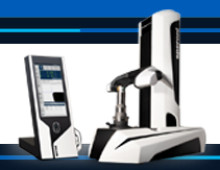
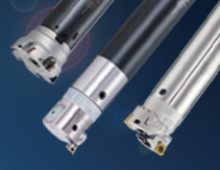
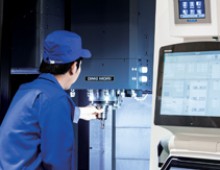
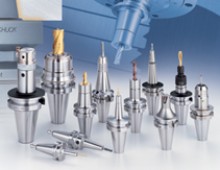
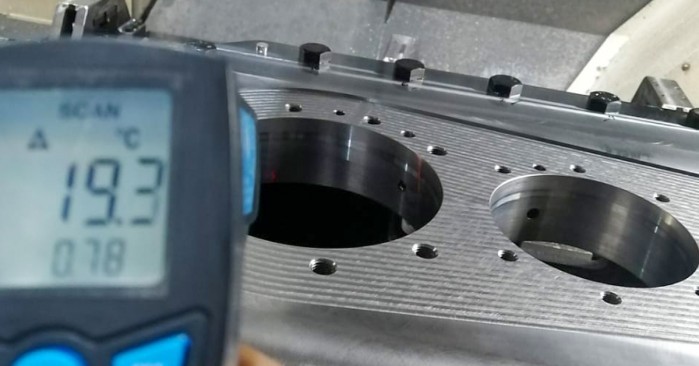
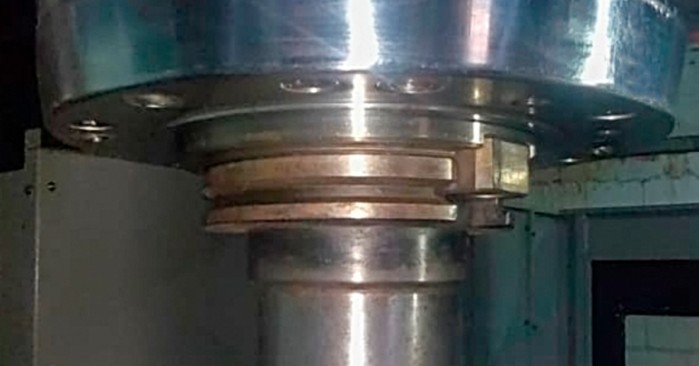
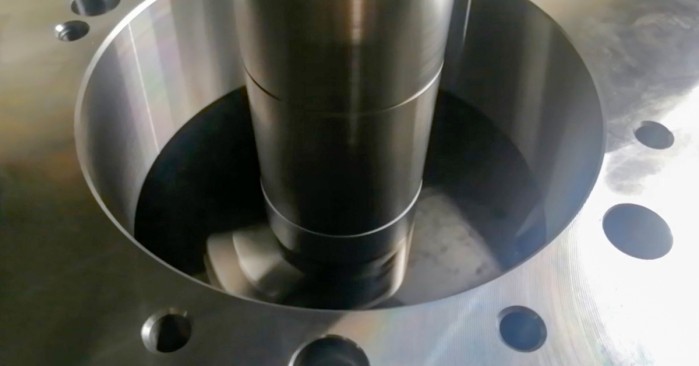
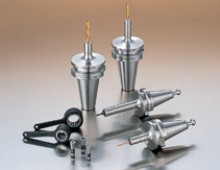
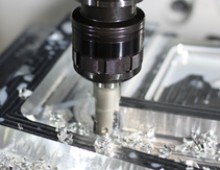
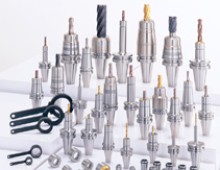

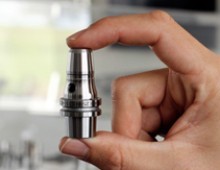
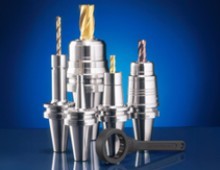
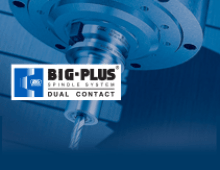
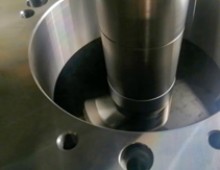
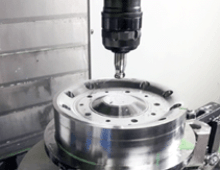
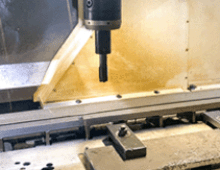
Add new comment